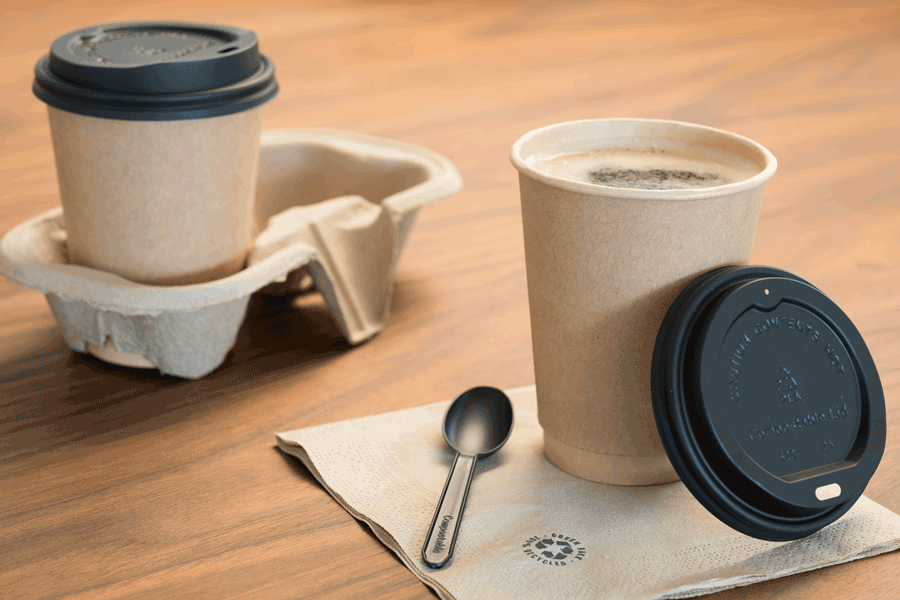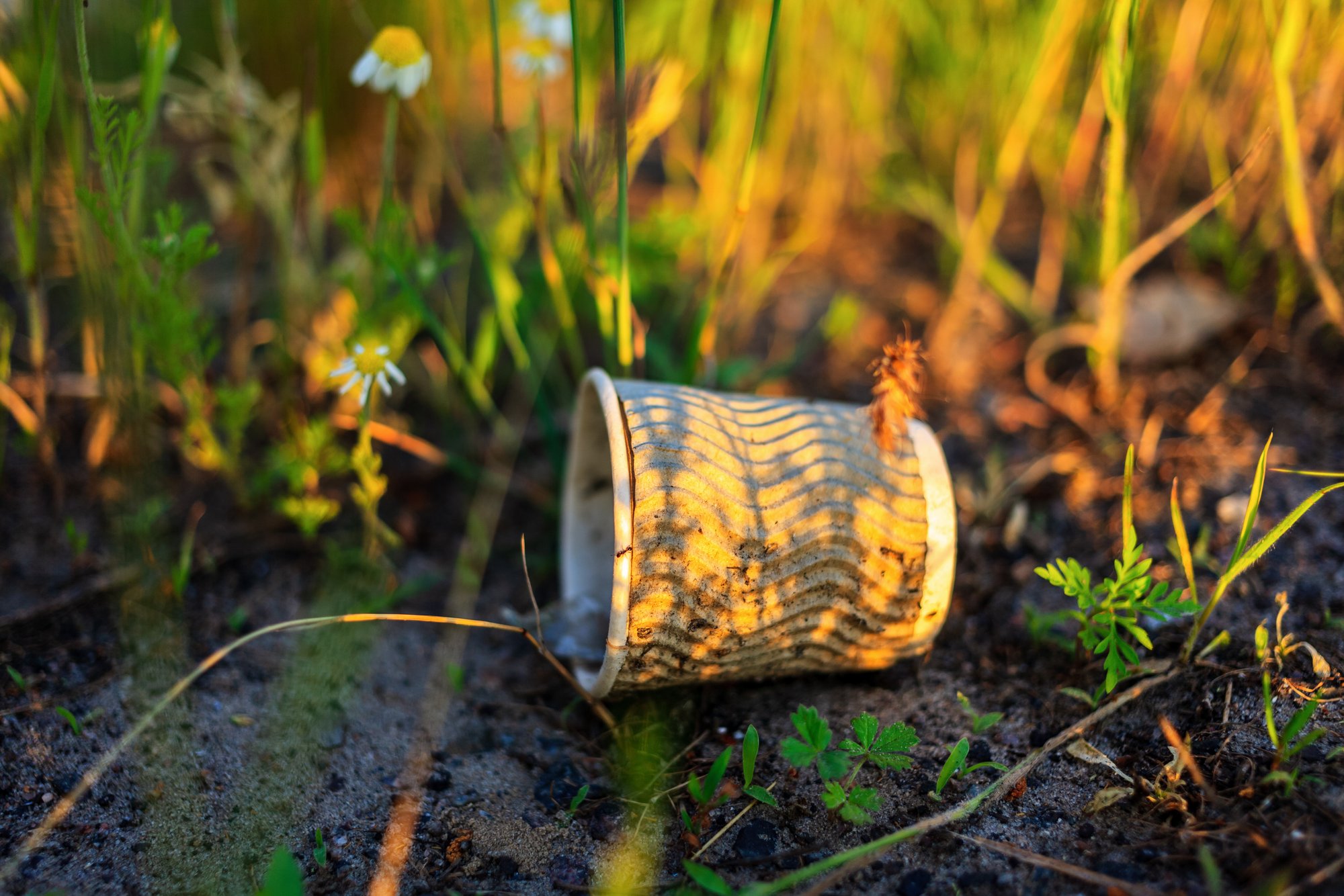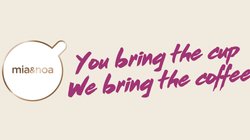Is this even possible in times of environmental correctness?
Coffee to go without remorse
Up to 8 million cups and lids from coffee-to-go customers are thrown away every day in Switzerland. Almost 15% of the Coffee drunk in Switzerland is consumed from to-go cups. And the trend is growing. The ecological footprint of our coffee-to-go culture is not negligible. The cups and lids must be produced, transported, stored and disposed of.
Mr. Adrian Gübeli, CEO of PAKK® says: “Yes, with our products, coffee to go without a bad conscience is possible!” We wanted to know more and asked Mr Gübeli 4 questions.
You say that Coffee to go without a bad conscience is possible with products from PAKK®? Can you tell us more?

With absolutely no guilty conscience — that’s not quite true. Every disposable cup leaves an environmental footprint, and so do our GreenPAKK® disposable cups. Regionally sourced reusable cups or completely different coffee-to-go solutions would certainly be best for ecological disposable consumption. And there are definitely exciting approaches here, such as the Geneva-based start-up Mia&Noa, which develops and markets coffee bars without disposable materials and without contact between the mugs brought from home and the coffee bar.
These approaches are all still in their infancy. Until we have regional and ecological solutions, I believe that if it has to be disposable, then it has to be ecological. And our products are ecological.

GreenPAKK® Butterfly Cups are made from raw vegetable materials and are fully compostable. The raw materials used are 100% organic and sustainable. Just like the other components, the inner coating created by water dispersion and without plastic can be fully composted* or recycled as waste paper together with newspapers and brochures. The highlight of these cups is that they no longer have a plastic lid. It is cleverly integrated into the cup.
*GreenPAKK® Butterfly Cups can be fully biodegraded in an industrial composting facility within 30 to 90 days.
Hold on! We’d like to know more. You don’t need a plastic lid for your new disposable cups. That’s really progressing! But disposable cups have an inner coating and cannot be recycled at all? Is that not the case with your cups?
The lids of GreenPAKK® cups are integrated into the cup and are comparable to normal plastic lids — they have a drink opening and seal the cup. This allows us to massively reduce the environmental impact of a to-go cup, as two-thirds of this impact can be traced back to the plastic lid.
And we can even do without the coating. Our latest technology allows for the elimination of all coatings. We use a coating created by water dispersion; we do not use plastic coatings or coatings made of vegetable components. These cups can simply be thrown into the waste paper bin and are 100% recyclable. All raw materials are FSC-certified and come without exception from sustainable forests.
GreenPAKK® Butterfly Cups have been available since the middle of last year, and our customers love them. They are suitable for cold drinks or for hot drinks when doubled up.


Shouldn’t we just buy a sturdy mug and carry it everywhere? Then we wouldn’t need disposable cups.
Theoretically, yes. However, that would mean customers would inevitably share responsibility for hygiene in the catering industry. Please rinse your cups. But who knows what kind of harmful intestinal bacteria or other nasty invisible pathogens live on the mug you brought?
The Food Federation Germany has published a fact sheet (in German) and a video (in German) on this topic that clearly illustrates the issue. We believe that if we use reusable cups, then we should use reusable cups without compromise.
Then you would prefer reusable cups with deposits?
Reusable cups work with a deposit system and are available from many manufacturers. FAircup, Recup, Cup for Cup or the Besser cup are some examples. Many German cities now even have official city cups which are rinsed and refilled, such as the FreiburgCup or the Bielefeld-to-go cup. Studies show that reusable cups are not environmentally friendly per se because reusable cups are more climate-friendly than the disposable version after the fiftieth use. This figure does not include transportation or cleaning. The more central the reusable cup warehouses are, the longer the transport distances, and the worse the environmental balance becomes. The quality of the cleaning agent plays a significant role here and can greatly harm the ecological balance. An example illustrates this problem: Reusable cups have been used for several years at Jakobspark in Basel. These are driven to St. Gallen for cleaning. Is that environmentally friendly?
In my opinion, reusable solutions should be as regional as possible, with electric vehicles and ecological cleaning agents. As long as there are no ecological solutions for reusable cups, I recommend using paper cups and going without the lid, or better yet, using our new disposable cup with the integrated lid made entirely of paper, without coatings, 100% recyclable.



